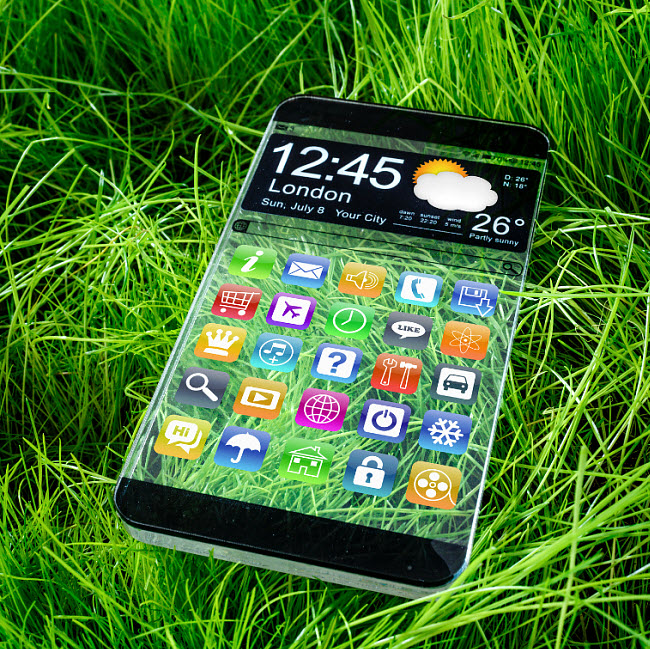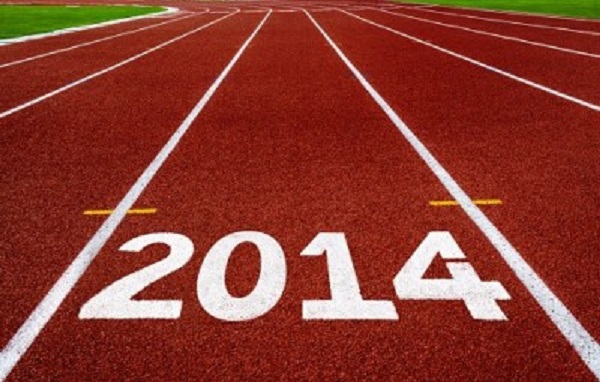A new report has shown that many of the giants in the retail business are looking to location-based applications.
PointInside has now released a report based on their 2013 data that has revealed that apps that use geolocation technology are considerably increasing the engagement that customers have in the interactions with retail stores while the shop, and those retailers have not failed to take notice of the potential that this has to offer.
This year, PointInside has identified a trend that shows that retailers are looking to location based marketing.
Retailers are testing upgrades to their apps that would include geolocation based technology. This allows them to offer in-store modes, location based features, detailed information, interactive store maps, and even the location of products that can be found in the store. The maps can also be customized for the individual user based on shopping lists that he or she has made.
It is clear that geolocation is popping up in the apps of a range of the top retailers.
One prime example of location based marketing worked into an app is from the Lord & Taylor department store chain. They are utilizing third party app developer resources in order to be able to ensure that they boost customer engagement. This, according to Ryan Craver, the senior vice president of corporate strategy.
He explained that “we do need to have a big presence in mobile because everyone has a mobile phone and is doing research.” That company entered into a partnership with SnipSnap in order to be able to expand their presence. They are doing so by offering attractive store coupons that can be redeemed by smartphone users. There are already more than 3 million customers using SnipSnap, according to the data shared by Ted Mann, the chief executive officer of that company.
Another example of a major retailer taking advantage of location based marketing with geolocation technology is Duane Reade, the drug store chain owned by Walgreens. They have recently started the use of apps that have iBeacon integration. This app allows coupons to be shared, as well, and for products to be suggested based on the customer’s specific location inside the store and based on his or her shopping history with that retailer.
The most recent data report issued by ABI Research sees this technology exploding in 2014.
The latest quarterly market data report from ABI Research has placed a focus on location based marketing technologies and has shown that this year will likely be a powerful one when it comes to indoor installations within retail environments.
The report explains it as a full scale deployment of what early adopters were testing last year.
Now that the last three years have seen considerable testing of location based marketing techniques and technologies by early adopters, they are ready to roll out complete campaigns that will make use of the channel. An additional critical driver in this area is also the rapid increase in the popularity of BLE/iBeacons.
Those forms of location based marketing technology are generating a new wave of adopters in this space.
Now, second generation startups are beginning to drive brand new growth and will be used throughout each of the major verticals. When all is said and done, the report showed that this year will see more than 30,000 indoor location installations, said ABI Research’s data.
Patrick Connolly, a senior analyst with the firm, said that it is easy to spot the way in which large pharmacy and grocery chains have been moving toward this tech. He also added that “These are very competitive verticals, which can benefit significantly from identifying and targeting loyal customers.” Connolly explained that “Both already have large loyalty and advertising/offers deals in place and from a practical point of view, in-store items can be difficult to find. All of this makes indoor location a perfect fit.”
Beyond that, the development of the technology throughout other verticals will be an interesting occurrence over the next few months. For instance, while QSR restaurants had not originally been seen as a prime example of the type of business that would be able to take full advantage of this technology, it is in this area that there have been some of the largest successes.
Some of the differences that location based marketing and tech have been able to achieve for fast food restaurants include a small improvement in the length of lineups. This may sound minor, but in a business of that nature, it can translate to millions of dollars over time.



